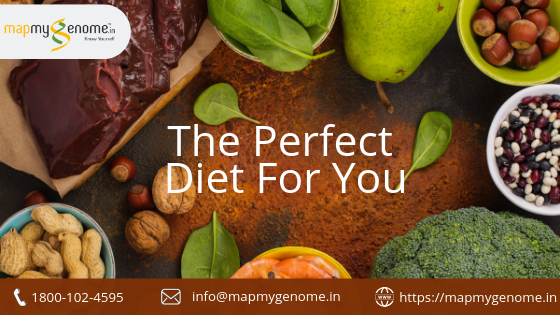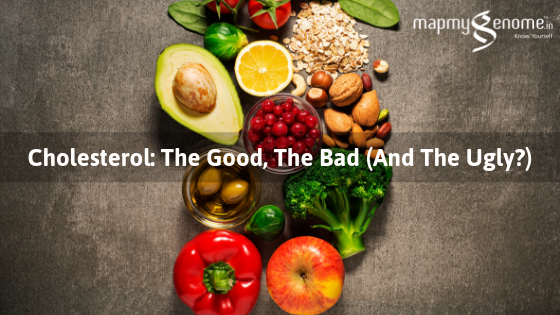
“Our excessive intake of meat is killing us. We fatten our cows and pigs, kill them, eat them, and then they kill us!” —William C. Roberts, M
The health statistics and information systems at WHO reported that more than 65% of the world-wide deaths are due to non-communicable diseases (heart attacks, atherosclerosis, stroke and diabetes etc). Among them, a big chunk of deaths happen due to cardiovascular ailments followed by cancers and respiratory ailments like common obstructive pulmonary disease (COPD) and various types of cancers. Compartmental risk factors like consuming alcohol, tobacco chewing, improper diet and abstinence from physical activity are expected to be the cause of more than 80% of the chronic heart diseases. Whilst heart diseases are common in the elderly and old age, the death number during pre and post adolescence has increased at an alarming rate. As stated by the American Heart Association AHA), atherosclerosis is the chief cause of cardiovascular diseases.
Atherosclerosis is an inflammation of arteries, wherein fats, cholesterol and other substances are accumulated, with a limited flow of blood (angina). The major factors contributing to this are low-density lipoprotein cholesterol (LDL-C), low high-density lipoprotein cholesterol (HDL-C), high triglycerides (TG), and irregular diet and environmental factors, etc. LDL cholesterol is known as bad/negative cholesterol as it gets accumulated in the walls of our blood vessels. High values of it are known to increase risk for coronary diseases. LDL cholesterol is also called as pro-inflammatory cholesterol. HDL cholesterol is also called good/positive cholesterol as it absorbs cholesterol transfers it back to the liver. Every important class of lipoprotein is expected to have an impact in causing atherosclerosis. HDL is also known as a anti-inflammatory cholesterol (Elshourbagy, Nabil A et al, 2014). The table below mentions the ratio between HDL and LDL.

(Source: https://www.cholesterol-hdl-ldl.com/hdl-ldl-ratio.html).
Dietary Sources of Cholesterol:
Cholesterol is predominantly available in animal foods. Foods containing high sources of cholesterol are egg yolk, seafood, dairy products and meat etc. A more detailed list of dietary sources of cholesterol can be found in the picture below.
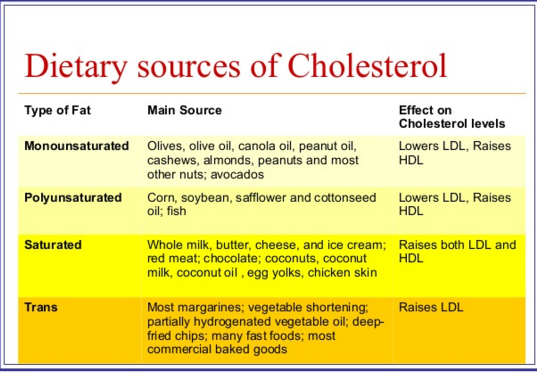
(Source: https://cwholistichealth.wordpress.com/2018/01/30/nutrition-strategy/)
Although it is not feasible to prevent causes that lead to the advancement of atherosclerosis, a few of them like low cancer incidence can be controlled by taking food products rich in whole-wheat bread, fruits, nuts and vegetables. Other preferred dietary products are omega-3 fatty acids and phenol compounds like apples, citrus fruits, berries, and mangoes etc (Pauwels EK, 2011). The most common suggested for assessing cholesterol levels is lipoprotein profile, i.e., lipid profile. The test reports to total cholesterol levels (HDL, LDL, and Triglycerides). The values are measured in mg/dL. The table below shows the ranges and risk of the aforementioned types.

(Source: US Department of Health and Human Services. Your guide to lowering cholesterol with TLC.(Therapeutic Lifestyle Changes). No. 06-5235. NIH Publication, 2009).
As voiced by the American Heart Association (AHA), ‘Keeping your cholesterol levels healthy is a great way to keep your heart healthy – and lower your chances of getting heart disease or having a stroke.’, in the present-day, one can come across advanced drugs for decreasing ‘bad cholesterol’ and thereby, reducing the chance of developing dangerous atherosclerotic plaques. Sadly, these medications are of no human use. Granted that there lies sizable data speaking about improving ‘good’ cholesterol levels will decrease the perils of cardiovascular events, it is evident that high HDL alone can do no justice. Henceforth, an advancement of producing blockbuster drugs for decreasing LDL levels and raising the HDL levels in the blood is the need of the hour. With many a favorable research in the process, the sole central theme while developing drugs of therapeutic use should lie in opposing conditions like dyslipidemia and lastly, atherosclerosis.
References:
- Elshourbagy, Nabil A et al. “Cholesterol: the good, the bad, and the ugly – therapeutic targets for the treatment of dyslipidemia.” Medical principles and practice: international journal of the Kuwait University, Health Science Centrevol. 23, 2 (2014): 99-111. doi:10.1159/000356856
- Gao, Fen, et al. “Correlation between the high density lipoprotein and its subtypes in coronary heart disease.”Cellular Physiology and Biochemistry 38.5 (2016): 1906-1914.
- Pauwels EK: The protective effect of the Mediterranean diet: focus on cancer and cardiovascular risk. Med Princ Pract 2011; 20: 103–111.
- US Department of Health and Human Services. Your guide to lowering cholesterol with TLC. (Therapeutic Lifestyle Changes). No. 06-5235. NIH Publication, 2009.
- World Health Organization: Causes of death 2008: data sources and methods. 2011. http:// who.int/healthinfo/global_burden_disease/ cod_2008_sources_methods.pdf.
- World Health Organization: World Health Statistics 2012. 2012. http://www.who.int/ healthinfo/EN_WHS2012_Full.pdf.
- Otten, Jennifer J., Jennifer Pitzi Hellwig, and Linda D. Meyers, eds. Dietary reference intakes: the essential guide to nutrient requirements. National Academies Press, 2006.



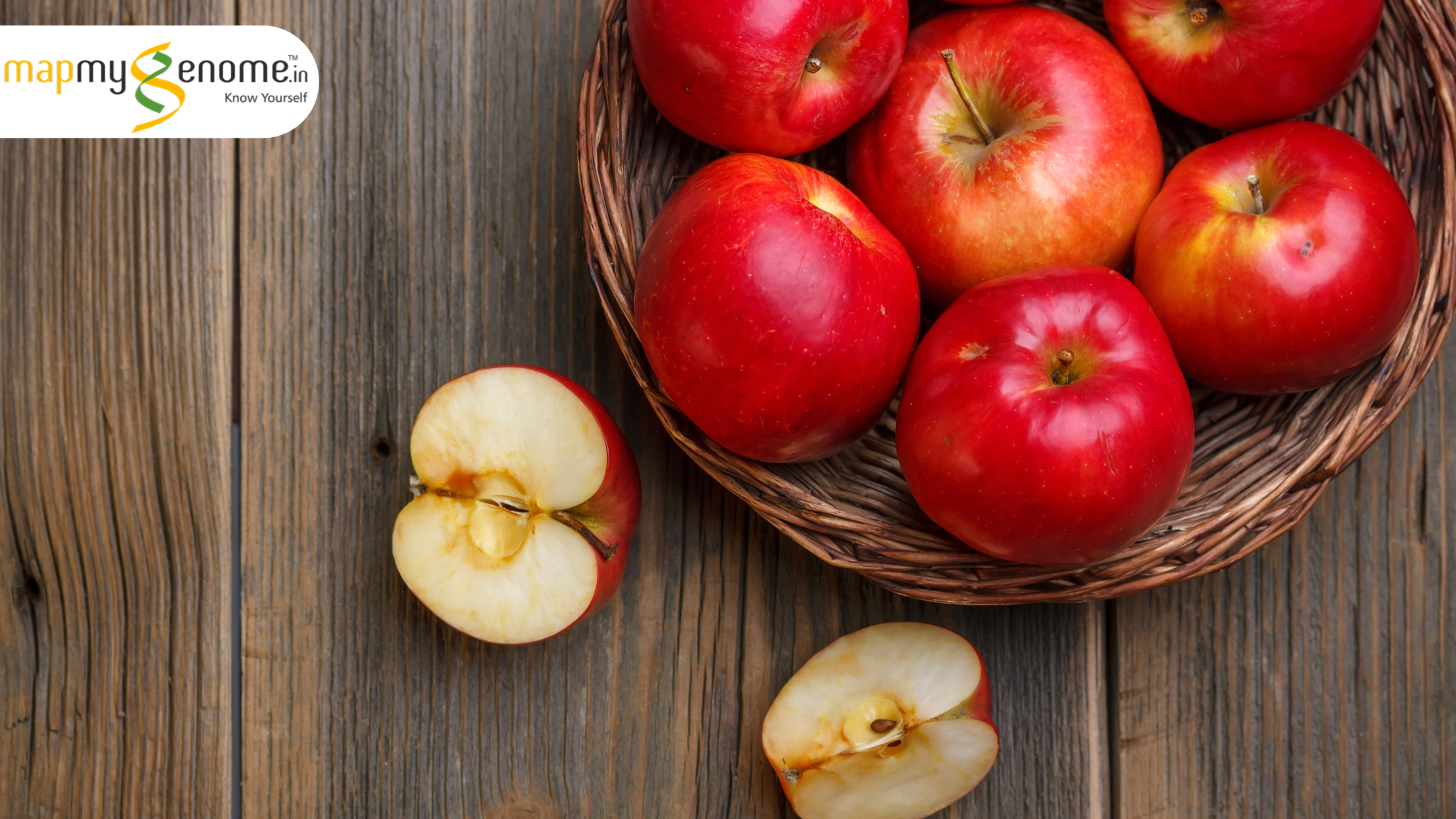

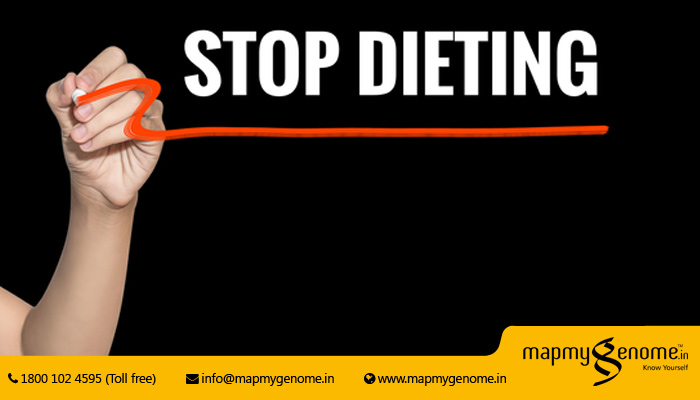
![DNA Diet : Eat ‘gene-wise’ – [Infographic]](https://diagnostics.mapmygenome.in/media/blog/2016/09/DNA-Diet-2-min-e1472818457458-min.png)


